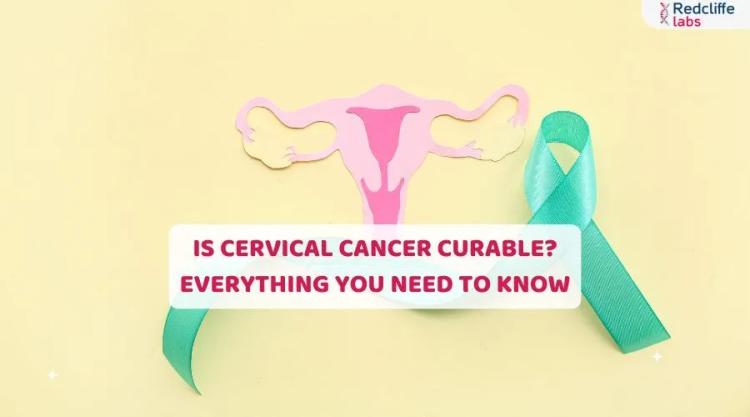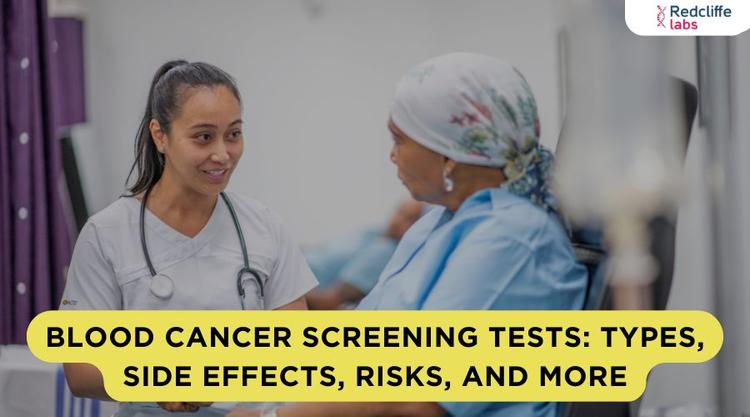Breast Cancer Awareness Month 2024: How Smoking Raises Risks for Young Women?

Medically Reviewed By
Dr. Geetanjali Gupta
Written By Kirti Saxena
on Oct 9, 2024
Last Edit Made By Kirti Saxena
on Jul 19, 2025

Every 4 minutes, a woman somewhere in the world is diagnosed with breast cancer.
In 2022, around 2.3 million women were diagnosed with breast cancer, and 670,000 lost their lives to the disease.
Breast cancer is the most common cancer among women in India, representing 28.2% of all female cancer patients, with an estimated 216,108 cases by 2022. In 2022, around 2.3 million women were diagnosed with breast cancer, and 670,000 lost their lives to the disease.
September is Breast Cancer Awareness Month is a time to shed some light on the factors that may increase the chances of having breast cancer in young women. In the modern world, lifestyle choices play a crucial role; smoking is one of the emerging factors significantly increasing the risk of breast cancer in young women.
Here in this article, let's understand the connection between smoking and breast cancer, other risk factors, and practical ways to reduce the risk.
What is Breast Cancer? Is it Deadly?
Breast cancer is a type of cancer that begins in the breast cells. It occurs when breast cells start growing abnormally and out of control, forming a lump or mass known as a tumor. These cancerous cells can invade nearby tissues or spread to other body parts if not treated. It primarily affects women, but it can also develop in men.
The Link Between Smoking and Breast Cancer
Breast cancer is increasingly spreading in cities like Mumbai, Delhi, Bengaluru, Bhopal, Kolkata, Chennai, and Ahmedabad, accounting for 25% to 32% of all female cancers and more than 1/4th of all female cancers. It is also common in youngsters. Almost 50% of all cases are in the age group of 25-50. Nearly 70% of the cases are in the advanced stage, with poor survival rates and high mortality.
Smoking releases the body to harmful chemicals and toxins known as carcinogens, which can cause cells in the breast to mutate and grow abnormally. Here's how smoking raises the risk of breast cancer:
- DNA Damage: The carcinogens in cigarette smoke can damage the DNA in breast cells. DNA damage can contribute to mutations that may cause normal breast cells to become cancerous.
- Hormone Changes: Smoking can affect hormone levels, particularly estrogen. High estrogen levels have been linked to certain types of breast cancer, and smoking can increase the risk of hormone receptor-positive breast cancers, which rely on hormones to grow.
- Weakened Immune System: Smoking weakens immunity and makes it difficult to function in the body to fight off harmful changes in cells, including those that may become cancerous.
However, research shows that women who smoke are at higher risk of breast cancer, especially if they start smoking at a young age or smoke heavily. Even secondhand smoke can increase the risk, so avoiding smoking altogether is one of the most effective ways to protect breast health.
Also Read: Breast Cancer: Symptoms, Types, Risk Factors & Treatment
Statistics about Breast Cancer and Smoking
Here are some statistics related to breast cancer published in Breast Cancer Research-
- Women who have smoked at any point in their lives are 14% more likely to develop breast cancer compared to those who have never smoked.
- Those who began smoking before age 17 face a 24% increased risk, while women who started between ages 17 and 19 have a 15% higher likelihood of developing breast cancer.
- Smoking for over 10 years raises the risk by 21%, and smoking for over 30 years slightly increases the risk further to 22%.
- Even for women who quit smoking, the risk remains elevated: those who quit within the past 10 years still have a 28% increased risk of breast cancer.
- For women with a family history of breast cancer, the risk is significantly higher, with a 56% increase for those who started smoking before age 20.
- In 2020, there were
- 2.3 million diagnosed cases of breast cancer in women, resulting in 685,000 recorded deaths worldwide.
Who is at a high risk of developing breast cancer?
Studies show that women are at high risk of developing cancer, including-
- Women who started smoking in adolescence or by the age of 17
- Women who have been smoking for at least 10 years
- Women with a family history
- Women who started smoking before their first period
- Women who started smoking 1 to 4 years after their first period
- Women of childbearing age who are BRCA 2 mutation carriers
- Women who smoked more than 5 years before their first pregnancy
- women who smoke more than five cigarettes per day
Other Risk Factors for Developing Breast Cancer in Young Women
While smoking and alcohol are significant risk factors, there are other factors that young women should be aware of to take preventive action.
- Age
- Genetic mutation in BRCA1 and BRCA2.
- Personal history
- Early Menstruation and Late Menopause
- Medical history
- Having dense breast
- Previous radiation therapy
- Taking hormone medications
- Drinking alcohol
- Obesity
- Menopause
- Low physical activity
How to Reduce the Risk of Breast Cancer in Young Women?
The good news is that lifestyle changes can significantly help to reduce the risk of breast cancer. Here are some tips to reduce your risk-
- Quit Smoking
Quitting smoking at any age is good to lower breast cancer risk. The former smokers have a 15-20% lower risk of breast cancer compared to current smokers.
- Limit Alcohol Intake
Limiting your alcohol or avoiding it completely can lower your risk of breast cancer. Studies indicate that each alcoholic drink increases breast cancer risk by 7-10%.
- Maintain a Healthy Weight
Obesity is another major risk factor for breast cancer, especially after menopause. Therefore, it's important to maintain a healthy weight through a balanced diet and regular exercise.
Also Read: A Diet Rich In Omega-3s May Lower Breast Cancer Risk in Women
- Exercise Regularly
Engaging in moderate exercise, like brisk walking for 150 minutes per week, has been shown to reduce the risk of breast cancer by 12-21%. Physical activity promotes balanced hormone levels and supports overall health.
- Regular Screenings
Get regular health checkups to understand your health condition. You can also self-examine your breast, or if there is any abnormality, then consult your doctors. You can also take Breast Cancer Test - Essential from Redcliffe Labs and other screening methods based on their age and risk factors.
Also Read: Benefits Of Early Detection And Regular Screening For Breast Cancer
Quit Smoking and Raise Awareness for Breast Cancer
It is crucial to educate youngsters about the impact of smoking and the risk factors of breast cancer. Smoking and tobacco is not cool, as it might cost your health. Understand the link between lifestyle choices and cancer risk, and make informed decisions to protect your health. Quitting smoking, limiting alcohol, maintaining a healthy lifestyle, and staying vigilant with regular screenings are critical steps for prevention. Take regular health checkups with Redcliffe Labs. Taking preventive actions today can significantly reduce your risk tomorrow. Spread the word and empower young women to make choices that support their long-term health.



